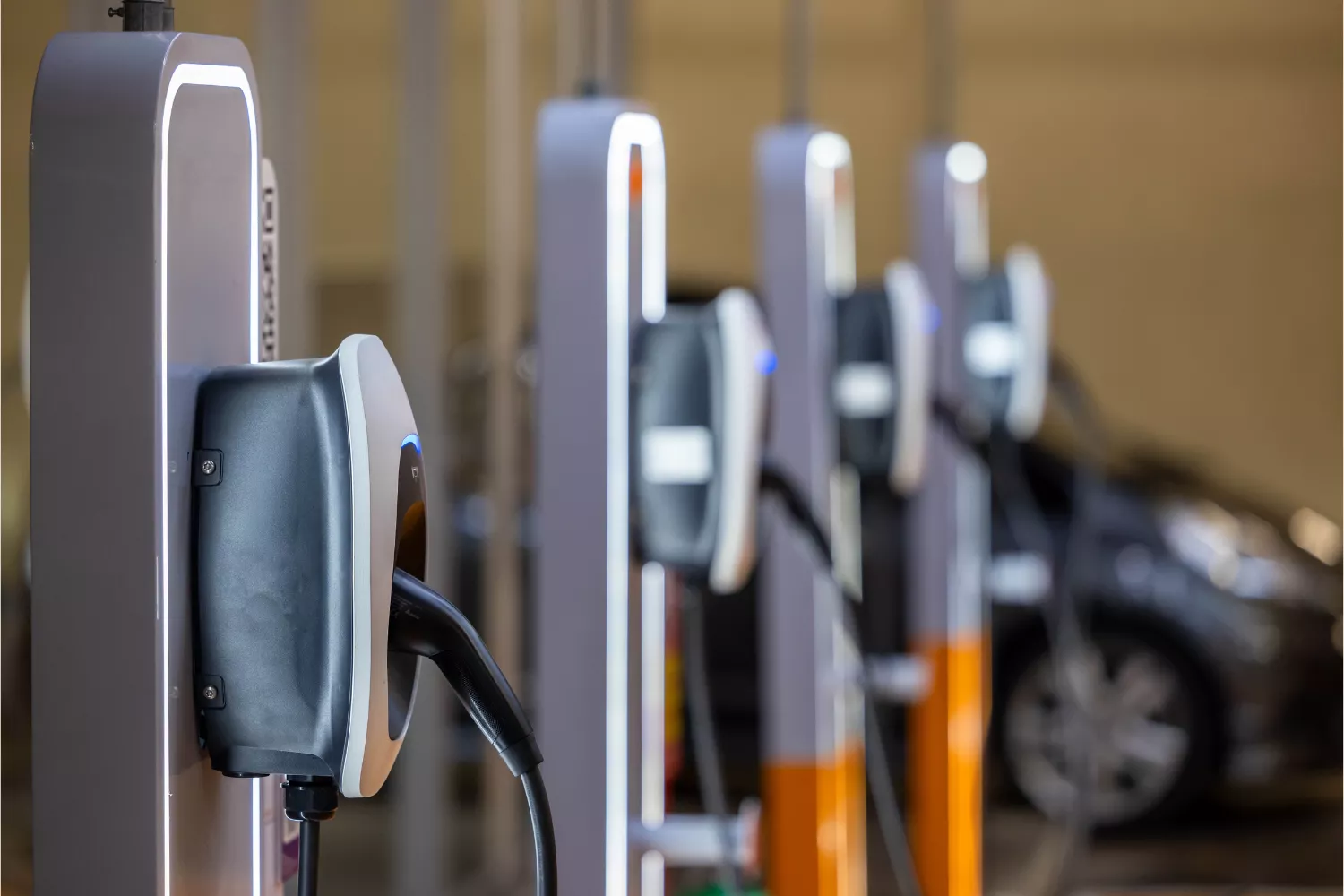In a rapidly changing world of electrical mobility solutions, technology landscape, the integration of Internet of Things (IoT) is reshaping the way we approach EV charging infrastructure, with and increasing need of robust and intelligent EV charging network.
Synergizing IoT with EV charging
The synergy between IoT and EV charging is transforming the landscape by enabling charging stations to communicate with each other and the grid, optimizing charging times and energy use. This ensures that EVs charge faster when energy demand is low and at a lower cost. Additionally, IoT provides real-time data on charging station availability, energy consumption, and user behaviour, which aids in efficient grid management and helps users quickly locate available charging points. Furthermore, IoT facilitates remote monitoring and maintenance of charging stations, allowing for the early identification of issues and thereby reducing downtime and maintenance costs.
The benefits of IoT-enabled EV charging solutions
IoT-enabled EV charging solutions offer significant advantages, including real-time monitoring and remote management capabilities. This facilitates predictive maintenance, minimizes downtime, and ensures optimal operation of EV infrastructure. For drivers, it enhances user experience with the ability to track charging status, locate stations, and check maintenance needs effortlessly.
Moreover, these solutions enable optimize energy management by allowing the EV chargers to adjust charging rates based on real-time grid demand and energy availability. This helps stabilize the grid by smoothing demand fluctuations and avoiding congestion. Additionally, global connectivity, both cellular and non-cellular, plays a crucial role, ensuring seamless data management and connectivity regardless of location.
Addressing connectivity and management needs
To address the evolving needs of the EV charging ecosystem, BICS offers several innovative solutions. Our single global eSIM and connectivity management platform, eSIM HUB, allows the use of preferred local profiles in permanent sensitive roaming destinations, ensuring seamless connectivity worldwide. For those looking to manage and monetize their connected business, our turnkey solution offers comprehensive tools to streamline operations and maximize revenue. Additionally, our fully API-enabled connectivity management platform simplifies integration with back-end systems, featuring ready-to-use cloud connectivity to all major cloud vendors’ data centers and a Connectivity Twin for creating a Digital Twin of your infrastructure. These solutions collectively enhance the efficiency, reliability, and scalability of EV charging networks, driving the industry forward.
Opportunities for OEMs
The market presents several opportunities for Original Equipment Manufacturers (OEMs). With EVs becoming ubiquitous, there is a growing need for diverse charging infrastructure. This ranges from rapid charging stations for long-distance travel to energy-efficient hubs for urban areas.
Additionally, through collaborations with governments and tech companies, OEMs can foster a cohesive ecosystem that supports large-scale EV adoption. These partnerships can focus on emerging technologies like wireless charging and vehicle-to-grid (V2G) capabilities, driving innovation and progress in the industry.
Overcoming barriers to adoption
Despite the opportunities, there are challenges to adoption, primarily related to interoperability and standardization issues in IoT protocols and communication interfaces. Security and privacy concerns regarding data collection and transmission also pose significant barriers.
To overcome these, OEMs should work with partners who offer end-to-end security solutions and assist in navigating regulatory hurdles. Ensuring fixed IPs for device software updates, using APN and VPN for secure connectivity, and leveraging global connectivity partners with multi-network coverage are essential steps. Additionally, having a manageable, automated process flow through portals and APIs simplifies integration and enhances efficiency.
Examples of successful initiatives
Let’s look at two use cases that highlight the successful implementation of IoT technology in EV charging.
First, several OEMs have successfully integrated smart features into their EV charging products. They collaborate with IoT solution providers to enhance remote monitoring and predictive maintenance capabilities, improving reliability and uptime. This not only boosts user experience but also differentiates their brand in a competitive market.
Second, system integrators and software providers, such as those working with Engie, leverage IoT to optimize EV charging infrastructure. They deploy customized solutions for various environments, including public and workplace charging, residential areas, and fleet management. Using cloud-based management platforms for real-time monitoring, analytics, and billing, they integrate third-party services like payment gateways and navigation apps to enhance user convenience and operational efficiency.
Innovations shaping the future
The future of EV charging and IoT is promising, with innovations like Digital Twin (Connectivity Twin) and real-time data analytics (SMART) leading the way. These technologies enable data monetization strategies, offering OEMs insights into charging patterns, energy consumption, and vehicle performance. This data can be used to develop advanced analytics tools, subscription-based services, and personalized user offerings, driving further growth and efficiency in the EV charging ecosystem.
Listen to our podcast episode: BICS Tech in 20 Podcast | Episode 2 – BICS
Visit: EV Charging – BICS
